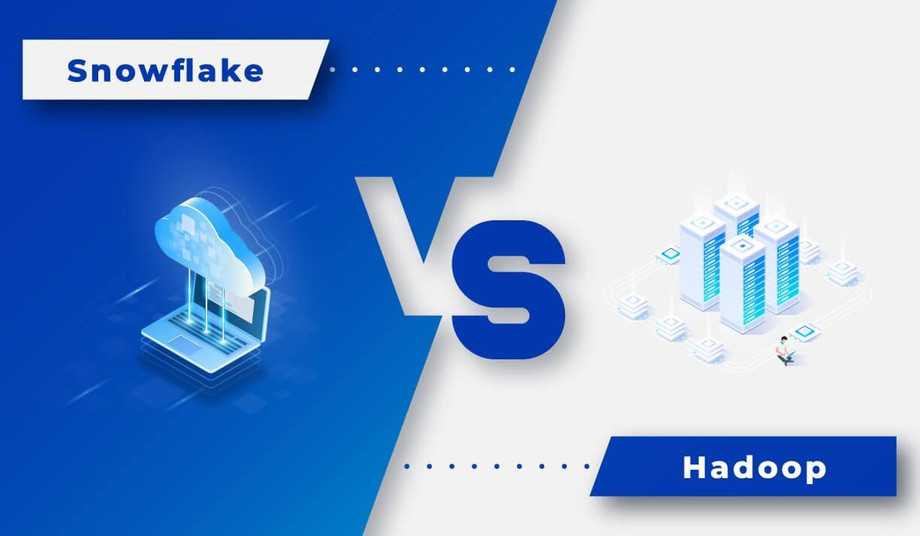Snowflake and Hadoop are both popular technologies for managing big data, but they differ in several key ways. Here are some of the main differences between Snowflake and Hadoop:
-
Architecture: Snowflake is a cloud-based data warehousing solution, while Hadoop is an open-source software framework for distributed storage and processing of large data sets. Snowflake is built on top of Amazon Web Services (AWS), Microsoft Azure, or Google Cloud Platform (GCP), while Hadoop can be deployed on-premises or in the cloud.
-
Data storage: Snowflake stores data in a columnar format that allows for efficient querying and analysis. Hadoop, on the other hand, uses a distributed file system called Hadoop Distributed File System (HDFS) to store data across multiple nodes in a cluster.
-
Querying: Snowflake allows users to query data using SQL, while Hadoop requires users to write MapReduce jobs or use higher-level languages like Pig or Hive to query data.
-
Performance: Snowflake is designed to be fast and efficient for querying data, while Hadoop can be slower due to the overhead of MapReduce jobs.
-
Scalability: Both Snowflake and Hadoop are scalable solutions, but Snowflake is designed to scale automatically and seamlessly as data grows, while Hadoop requires more manual management to scale effectively. For More info visit Snowflake Course Online Blog
Overall, Snowflake is a more modern, cloud-based solution for data warehousing and analytics, while Hadoop is a more traditional, open-source solution for distributed storage and processing of big data. The choice between the two depends on the specific needs of your organization and the nature of your data.

